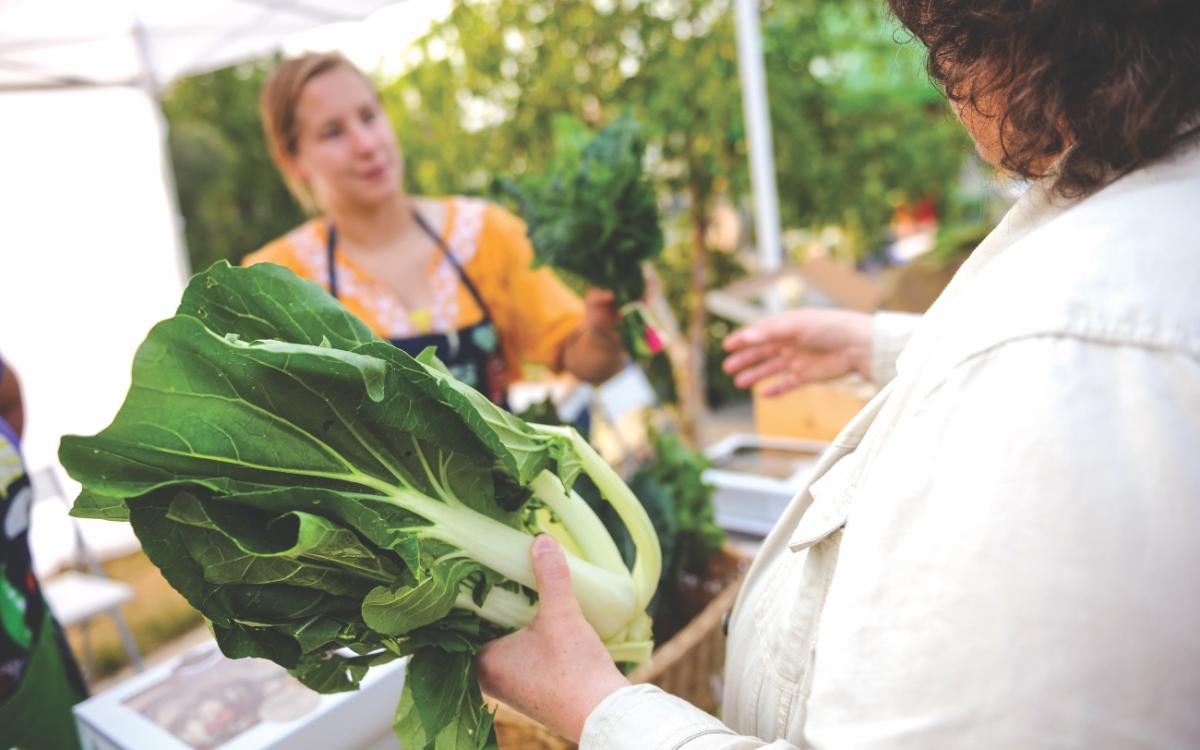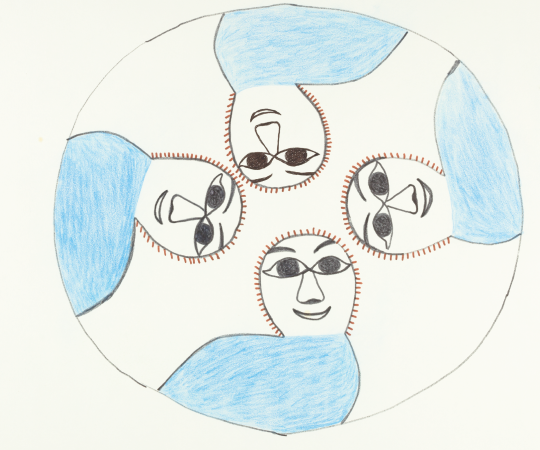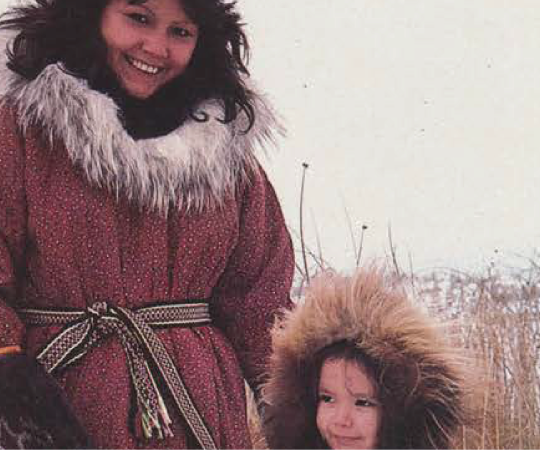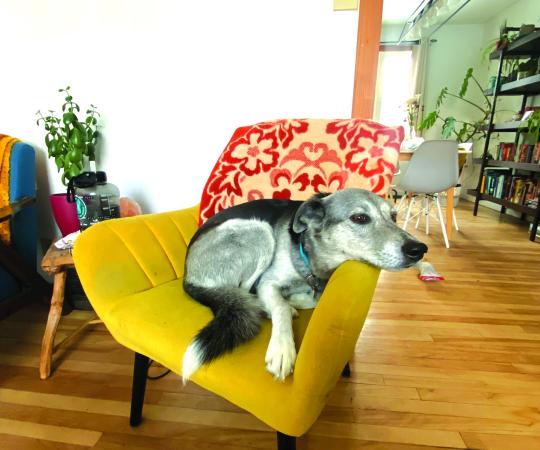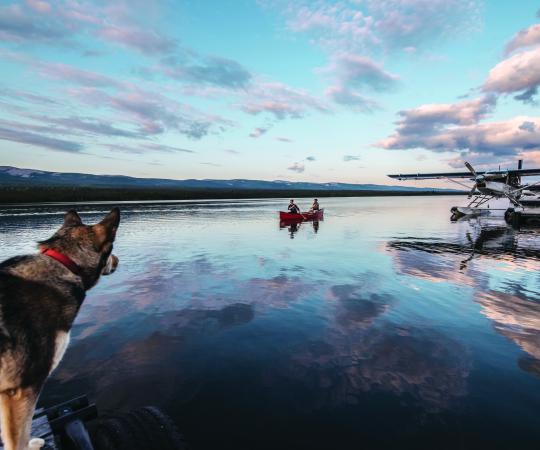When the avocado, basil, walnuts and lemon melded into a green vegan pesto in my food processor, I knew there was no going back. It took just a handful of ingredients and a few minutes of my time, but now the freshness of the lemon and basil smelled like summer to me and any desire for parmesan was replaced by the creaminess of avocado. All I had to do was pour the sauce over penne noodles, spinach and roasted broccoli and I was done.
I had eaten something I made myself and I felt lighter afterwards—and what a revelation that was. Although I had always preferred vegetables to meat, I actually didn’t eat them very much when I first became vegetarian. Instead, I was obsessed with cheese: Brie, gouda, aged cheddar, Havarti. I was once gifted 18 types of cheese from different friends for my birthday. My diet consisted of so much cheese that when I decided to go vegan a friend jokingly told me I was erasing my personality. “If not for your love of cheese, who are you?”
Obviously, there’s a lot more to me than the food I eat, but my diet does play a big role in who I am. And I feel like a happier and healthier person since making the switch four years ago, after that pesto-making eureka moment. Today, my diet consists exclusively of vegetables, nuts and legumes. I learned to make cheese out of cashews, puddings from chia seeds and butter with chickpeas. Becoming vegan was one of the best decisions I’ve ever made.
But that doesn’t mean being vegan is easy—especially in the North. It requires planning and access to a range of niche products, all of which require you to carefully read the ingredients. While veganism is popular in B.C. and other big cities in Canada, it’s still quite rare across the territories. And there are many reasons for that.
Up here, the growing season is exceptionally short, and food insecurity—especially for fly-in communities—is an everyday concern. While shoppers in Yellowknife or Whitehorse might bemoan a lack of berries or asparagus on produce shelves every so often, residents in smaller communities deal with astronomical prices on fruits and vegetables, which typically arrive wilted, bruised, or worse. Meanwhile, meat is a staple of local diets, with hunting and fishing traditions that bring communities together on the land, at feasts and in the home.
The North, then, is not exactly the ideal place to adopt or maintain such a restrictive, plant-based diet. (Former-Yellowknife writer and photographer Amy Lam even titled a 2017 article in the Walrus, “Why vegetarianism dies up North.”) But there are still some of us who keep on trying, whether we’ve lived here a couple of years, a decade, or our whole lives. It may take a lot to be vegan in the North, but it’s worth it.
“If you’re a foodie, veganism is like skydiving. It opens more doors,” says Laurie Strand, a Champagne and Aishihik First Nations Yukoner who currently lives in Whitehorse. She has been vegan for more than four years now.
For Strand, the decision to consider a new diet came one day at work, while she was eating moose meat and chatting with her vegan boss. The more she learned about the destructive environmental and human health effects connected with commercial farming, the more intrigued she became. She eventually cut out meat, eggs and dairy from her diet entirely. But, she says, it’s a delicate line she walks to honour both her dietary beliefs and her culture and traditions.
“I would say that I’m more vegan with my food and then, with my culture, I have to lean the other way,” says Strand. Even if she may not go out hunting or fishing, she enjoys harvesting berries with friends and family. Strand says she still wears furs and hides during her traditional dances. She also passes on food preparation techniques to younger generations. “If my niece or my nephew, who are quite young, came up to me and asked me, ‘Auntie, how do I clean a fish?’ I’d be picking up that fileting knife and showing them because it’s more of our knowledge being handed down. We didn’t write these things down. We taught one-on-one, so I wouldn’t have a problem showing them how to do it. I wouldn’t eat it, but I would show them so that they knew.”
Strand says she does sometimes face judgement for her diet, mainly in the form of incessant teasing. “You have to have a thick skin,” she says. “You have to go through all the bad vegan jokes.” In fact, she says it’s pretty much the same joke just told three or four different ways: You vegans must eat nothing but grass.
Yellowknifer Kelly McLaughlin says she gets annoyed by people asking her what she does for protein. “I don’t mind answering, but it’s also kind of no one’s business,” she says.
McLaughlin has been vegan for five of her 14 years in Yellowknife and she makes it work in any situation, though she admits it can be challenging in social settings—especially when dining out. “I love going to restaurants here and I can always find something, even if it’s nachos with no cheese and no sour cream,” she says. “I’m happy to do it, but certainly I don’t think that aspect has really changed that much, to be honest.”
Thankfully, McLaughlin is an excellent cook and veganism has opened her up to so many possibilities in the kitchen. She enjoys experimenting, making meals like vegan dumpling soup and Korean-style burritos. She posts photos of the results on her Instagram page.
McLaughlin says local grocery stores are getting better at offering vegan alternatives, but she will order some specialty items online to indulge her inventiveness. Specifically, she can’t do without soy curls (“they’re dehydrated pieces of soy…you can season and flavor them however you want and use them in stir-fries or sandwiches”), as well as vegan chocolate bars, and meat and cheese substitutes.
Sarah Van Stiphout is another skilled cook, who prefers to make meals at home most of the time. However, since coming North, she is no longer fully plant-based. Van Stiphout had been vegetarian for eight years before switching to veganism. But upon moving to Yellowknife to become manager of a wilderness lodge, she quickly realized her diet wasn’t going to be as easy to maintain as it was in Vancouver—one of the most vegan-friendly cities in the world.
“There was a cook and it was a fly-in lodge, so it was one of those things that was really difficult,” she says. “I couldn’t really prepare my own food because I was so busy managing. I had some specialty foods flown in just for me, but I also had to be realistic.”
Growing up the granddaughter of a trapper meant she was accustomed to eating off the land, and Van Stiphout says harvested meat finds its way into her meals. But for the most part, she still tries to keep to a plant-based diet, while avoiding processed vegan foods, explaining those options are not necessarily healthy just because they’re vegan.
“I know that I was the best I’ve ever felt when I was vegetarian and vegan. My body felt good and there’s also an element of… you know, you’re following your own moral compass,” she says.
People often choose veganism for two reasons: the ethics and sustainability behind it. Many don’t believe in killing animals for food, nor do they want to contribute to the harm that factory farming causes to the planet. After all, industrial animal agriculture is the second-largest contributor to human-made greenhouse gas emissions. (What is my personal gripe? I get irked by those who inform me that soy is terrible for the planet—when around 70 percent of the world’s soy is fed to livestock.) Additionally, slaughterhouse work has been linked to a variety of disorders, including post-traumatic stress disorder.
The moment I decided to switch to vegetarianism in 2012 came after watching a documentary about the effects of factory farming. After seeing the way rough hands handled a squealing, stressed-out pig, I decided right then and there I was never going to eat meat again. I couldn’t bear the idea of encouraging the brutal treatment of animals or support all the methane gas released by livestock.
It was an ethical decision—but like most ethical decisions, it hasn’t been so black-and-white.
For instance, there’s the distance that fruit and vegetables have to travel to get here from other countries. Veganism in the North is more complicated—and it’s not the answer for everyone, says Tiffany Ayalik, co-producer of the documentary film, Food for the Rest of Us.
“There’s all this programming [from] PETA and Greenpeace…that are really focused on messages that are one-size-fits-all solutions to climate change and food insecurity. Like, ‘oh veganism is the best thing you can do for the planet,” says Ayalik. “But it’s like, ‘Well, not in Tuktoyaktuk.’”
Produce is expensive to ship, fly or truck up to the North. By the time avocados reach the High Arctic from Mexico, Ayalik says they “are often closer to compost than edible food.”
“What is the carbon footprint that an avocado has as it travels up to Tuktoyaktuk or to Inuvik or even to Yellowknife?” Ayalik asks. “That burns more carbon than setting your trapline and having a muskrat.”
“The other thing that is challenging about being an Indigenous person involved in the food movement is to come up against notions of white supremacy in ‘woke’ spaces because I feel the messaging that we get so often from people who aren’t Indigenous is, ‘Meat is murder. Veganism is the only way to go. Big industrial farms are killing the environment.’” Ayalik agrees that industrial farming is destructive, “but that doesn’t mean that just not eating meat is the only thing that’s going to solve everything.”
Food for the Rest of Us focuses on four people from around the globe who use food as a form of activism. From Hawaii to Tuktoyaktuk, the film highlights local solutions for food insecurity. And that’s the message co-producers Ayalik and director Caroline Cox want to present through the film. It’s about showing how solutions are different for everybody, especially depending on where you live.
Here in the North, for instance, it’s impossible to have gardens year-round, but community greenhouses are taking steps to increase leafy green production. Iqaluit’s 1,000 square-foot community greenhouse opened in 2007 and focuses on fast-growing plants like kale, spinach, climbing peas, beans and lettuce. The not-for–profit organization donates any surplus produce to local food kitchens and shelters.
The greenhouse in Inuvik has 42 families signed up as members, with costs on a sliding scale, depending on the family’s income. The greenhouse recently began selling vegetables to local stores to decrease the reliance on produce shipped from the south. Although community greenhouses aren’t yet able to fully provide for their local populations, they’re at least starting to make fresh vegetables and herbs more readily available.
“There’s a small geodesic dome—a tiny little greenhouse that is operational in Tuktoyaktuk—but that’s not the thing that is going to be providing food security for the community. That’s one of many things in a diverse set of solutions that are required to address things like food insecurity,” says Ayalik.
“When people hunt or fish or trap in the North, that is organic, free-range food right there and those creatures lived a happy, free life until the moment they died,” Ayalik explains. “It’s harvested with great respect…It’s a beautiful and quiet revolution, where people are taking their livelihood and ability to live back into their own hands.”
Hunting and fishing not only provide food in communities, but the activity brings people together on the land to share in important cultural traditions. It’s vital that vegans understand and respect the importance of hunting and fishing in the North, especially considering locally harvested game is sourced more ethically than meat from the grocery store.
Veganism is often a sign of privilege, too. Of the 880,000 vegans in Canada, a 2018 study from Dalhousie University noted that people with annual personal incomes of more than $150,000 are twice as likely to be plant-based than those who earn less than $80,000.
I keep this in mind. I never would have had the privilege to choose a vegan diet growing up. As a kid, I recall trips to the grocery store with my mother, who calculated the cost of every item before bringing it to the register. We ate instant noodles, macaroni with canned tomatoes or Hamburger Helper—anything that would fill us for a short while.
I regularly dreamt of the day when I could choose ingredients to make healthy, inventive and nutritious meals, rather than cooking things simply to sate an empty stomach. Today, my diet now fills me with a sense of security, that I am able to provide for myself as an adult. Because food doesn’t just sustain us: it’s connected to our comfort, our emotions, and our memories.
As Ayalik says: “It’s what gets us through hard times, it helps us celebrate and mourn and mark milestones.”
“It’s in our culture, we need it and it’s social,” says Van Stiphout.
I understand the importance of meat in many cultures and that not everyone in the North has the opportunity to choose veganism. And being vegan also comes with unique challenges and costs for the environment up here. But at the end of the day, I find that there’s no perfect diet to save the planet. What it comes down to is what’s right for each person. And for me, that’s veganism.

